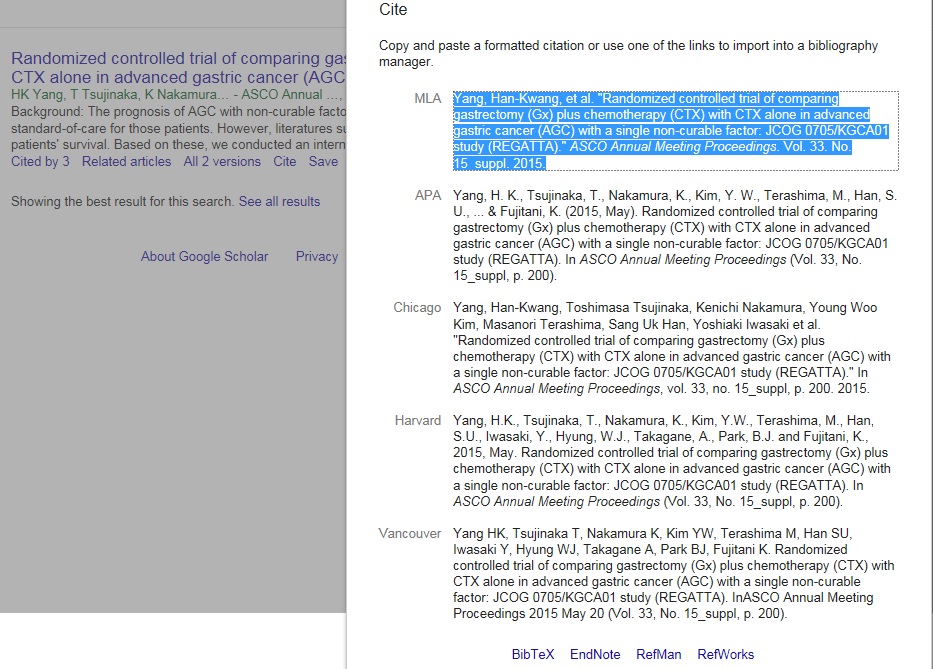PubMed and Google have much in common: 1) both are freely-available search interfaces that help people locate digital information on the Internet; 2) both were launched in the late 1990’s (PubMed in 1996 and Google in 1998), just as access to the World Wide Web was becoming more widely available; 3) and both are high-traffic tools on which millions of searches are performed daily.
But while PubMed averages about 3.5 million searches per day, Google handles about 2.3 million searches per minute. Because it has many valuable uses with its great breadth and wealth of information, Google has become essential to most in our world today. But we must all beware to not become an “Homo unius machina inquirendi” (“person” of one search engine). Despite Google’s many efforts to replicate the PubMed experience for its users by creating and continuing to develop tools like Google Scholar, PubMed is still far superior when it comes to comprehensive searching of the life sciences/biomedical literature.
Here’s why:
PubMed was originally developed to provide free access to the MEDLINE database, which still makes up the primary component of PubMed. The MEDLINE database, first launched in its electronic format in the 1960s, now generally goes back as far as the 1940s in its online version, with the original print version (Index Medicus) going back as far as 1879. The most important and distinguishing feature of MEDLINE: its records are indexed with NLM Medical Subject Headings (MeSH®). Google’s content is not – which is what makes these two search tools hugely different when it comes to the search results that they return on a topic. Continue reading

